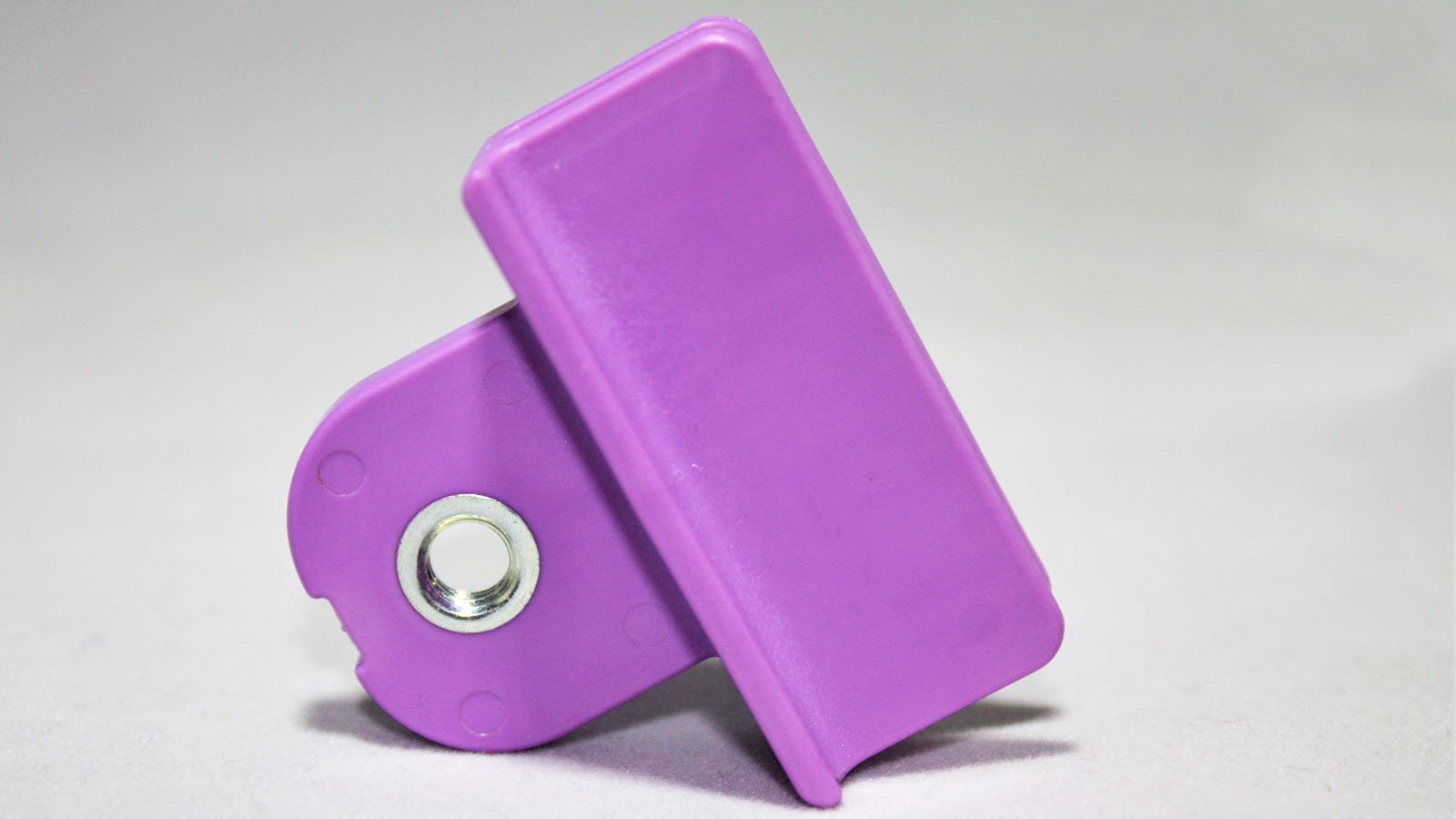For low volume insert loading operations, an operator will tend a molding machine and load the inserts by hand. As the number of inserts, order quantities, or cavitation increases, it becomes difficult for operators to keep up and maintain a consistent cycle time. Adding too much to cycle time not only makes processing plastic more difficult, but it also adds to the cost of the molded part. Over time, these costs can add up and may even justify investment in industrial automation equipment for insert loading.
The video shows an automated insert molding operation at Basilius. The inserts are bulk loaded into a hopper and fed into a nesting fixture via bowl feeder. The bowl feeder is custom designed for the insert and ensures that the inserts are fed in the exact same way each time. From there, a robot fills a nesting fixture (which has the same pattern as the inserts in the mold) with the inserts. Next, a gantry style robot system grabs the inserts and prepares to transfer them into the mold. Once the molding cycle is complete, the gantry robot removes the finished parts and places the next set of inserts into the mold, which allows the next cycle to start.
To ensure the inserts are present and properly placed, the robot passes the finished parts over a set of metal detecting proximity sensors. If the inserts are not present, the robot will notify a technician and discharge the bad parts into a quarantined area. This automation system also counts parts and uses a box indexing system to fill boxes with finished parts. As such, an operator is no longer required to keep checking and manually replacing boxes; instead, the boxes are automatically filled and indexed down a conveyor line.


